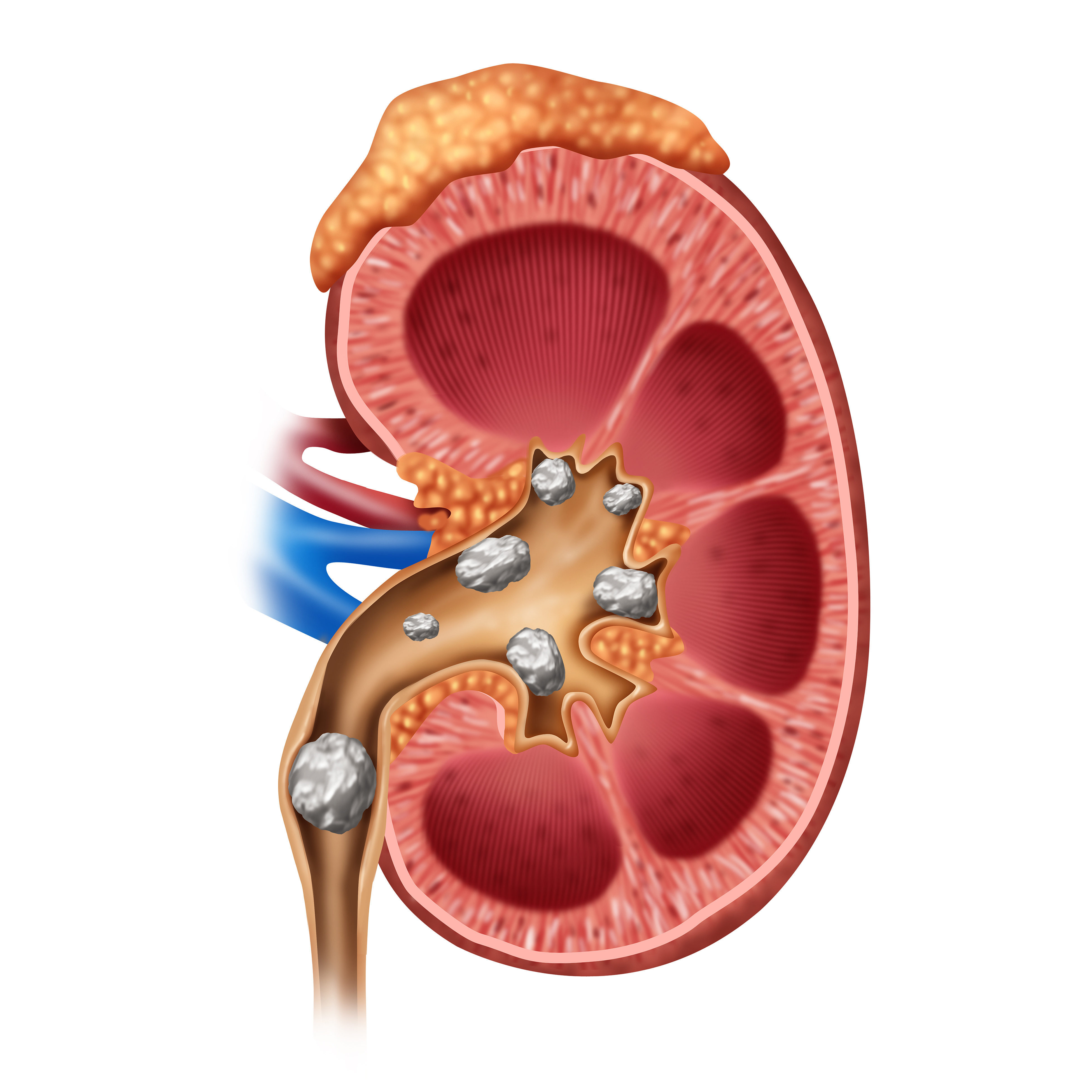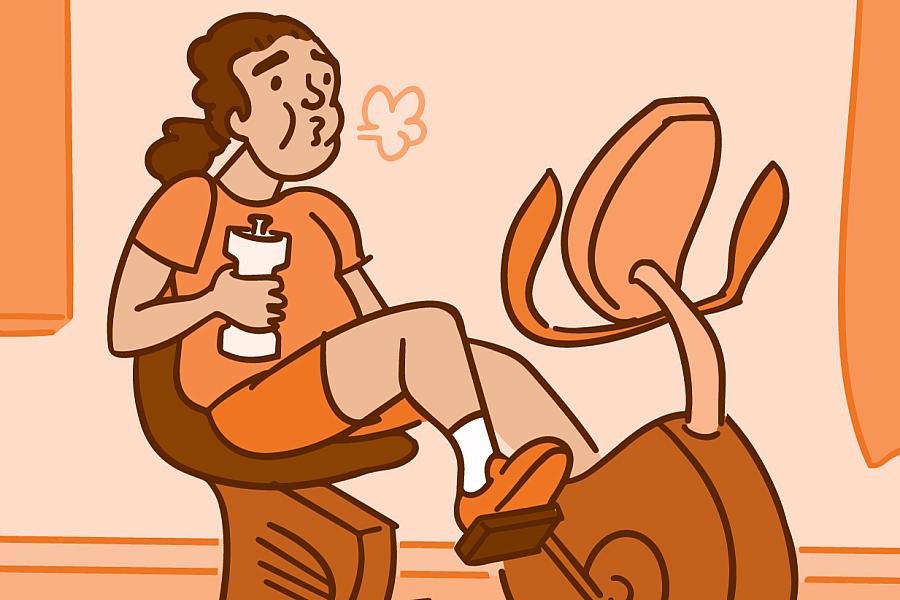Health Capsule
Get Clarity on Kidney Stones

Kidney stones are common. They affect about 11% of men and 6% of women at least once in their lives. A sharp pain in your back, lower abdomen, or groin may be the first sign. Other signs include blood in your urine, pain while peeing, or a constant urge to pee.
Kidney stones can arise when high levels of certain minerals are in your urine. These minerals can create pebble-like fragments in one or both of your kidneys. The resulting kidney stones can be smooth or jagged. Their size can range from as small as a grain of sand to as large as a pea. Small kidney stones can pass out of the body in your urine with little or no pain. But larger ones may get stuck and block the flow of urine. This blockage can be painful. Treatment is usually based on the size, location, and type of mineral that made the kidney stone.
Health care providers might suggest that you drink plenty of liquid to see if that helps to move the kidney stone along. If a kidney stone is stuck, doctors may try to break it into smaller pieces. One technique called lithotripsy uses powerful sound waves to shatter kidney stones so they can pass with your urine. Other techniques can also break up or remove large kidney stones.
Once you’ve had kidney stones, you’re at risk for getting them again. Dietary changes, drinking more liquid, and taking certain medications can help prevent stone formation. Learn more about kidney stones.
NIH Office of Communications and Public Liaison
Health and Science Publications Branch
Building 31, Room 5B52
Bethesda, MD 20892-2094
Contact Us:
nihnewsinhealth@od.nih.gov
Phone: 301-451-8224
Share Our Materials: Reprint our articles and illustrations in your own publication. Our material is not copyrighted. Please acknowledge NIH News in Health as the source and send us a copy.
For more consumer health news and information, visit health.nih.gov.
For wellness toolkits, visit www.nih.gov/wellnesstoolkits.




